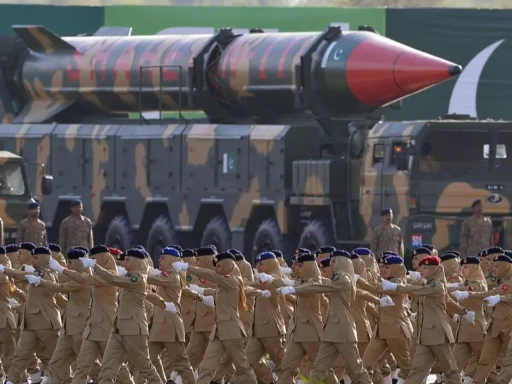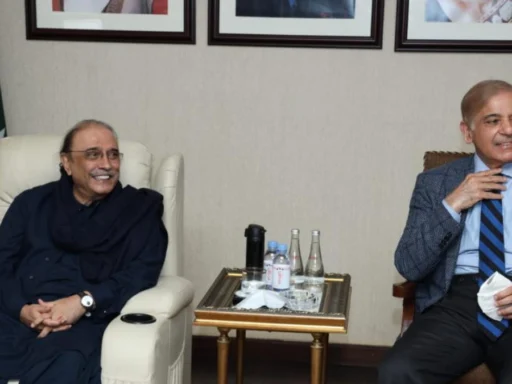The exchange rate of the Pakistani Rupee (PKR) against the US Dollar (USD) has witnessed a marginal decline, reflecting ongoing challenges in the foreign exchange market. However, the Rupee has shown stability when measured against other major currencies. This mixed trend in the forex market underscores the delicate balance between external pressures and domestic monetary policies.
Current Status of the PKR-USD Exchange Rate
The Pakistani Rupee experienced a slight dip against the US Dollar, trading at PKR 275.22 per USD in the interbank market. This depreciation comes amid a consistent demand for the dollar, primarily driven by external debt payments, import bills, and global economic trends.
Key Factors Influencing the PKR-USD Exchange Rate
- Dollar Demand: The need for USD to settle international transactions remains high.
- Remittance Flows: A seasonal slowdown in remittances has slightly weakened the Rupee.
- Global Dollar Strength: The US Dollar Index (DXY), which measures the greenback against a basket of currencies, continues to influence emerging market currencies, including the PKR.
Rupee’s Stability Against Other Major Currencies
Despite the decline against the USD, the Rupee has remained stable against other global currencies, including the Euro, British Pound, and UAE Dirham. This stability suggests that Pakistan’s currency is finding support in broader trade dynamics and domestic measures aimed at curbing volatility.
Comparative Exchange Rates
- PKR to Euro (EUR): Stable at PKR 289.32 per EUR.
- PKR to British Pound (GBP): Maintains a steady rate of PKR 347.66 per GBP.
- PKR to UAE Dirham (AED): Unchanged at PKR 75.44 per AED.
External and Domestic Drivers of Exchange Rate Trends
1. International Market Trends
The strength of the US Dollar in global markets continues to exert pressure on emerging market currencies. Geopolitical tensions, fluctuating crude oil prices, and decisions by the Federal Reserve on interest rates are pivotal in shaping the USD’s trajectory.
2. State Bank of Pakistan (SBP) Policies
The SBP has taken proactive measures to manage forex reserves and stabilize the currency. These include tightening import restrictions, encouraging remittance inflows, and conducting open market operations.
3. Trade Deficit Concerns
A widening trade deficit remains a significant challenge for Pakistan, with imports outpacing exports. The reliance on dollar payments for imports adds strain to the exchange rate.
4. Remittance Trends
While remittances from overseas Pakistanis form a critical pillar of the economy, recent data indicates a temporary decline in inflows. This seasonal trend is expected to normalize in the coming months.


The Broader Economic Implications
The exchange rate volatility has far-reaching consequences for the Pakistani economy. A weaker Rupee increases the cost of imports, including essential items like fuel and machinery, contributing to inflationary pressures. Conversely, a stable Rupee against other currencies supports trade partnerships and investor confidence.
Challenges
- Rising Inflation: A depreciating Rupee fuels higher prices for imported goods.
- Debt Servicing Costs: With significant external debt denominated in USD, a weaker Rupee increases repayment burdens.
Opportunities
- Export Competitiveness: A weaker Rupee makes Pakistani goods more competitive in international markets.
- Remittance Gains: A higher exchange rate can encourage remittances, as overseas workers benefit from favorable conversion rates.

Future Outlook for the PKR
Economists suggest that the Rupee’s performance will depend on several critical factors, including:
- Global Oil Prices: Fluctuations in crude oil costs will impact the country’s import bill.
- Foreign Direct Investment (FDI): Attracting FDI could provide much-needed forex inflows.
- IMF Program Implementation: Adherence to IMF program requirements will bolster economic reforms and investor confidence.
Conclusion
The Pakistani Rupee’s slight decline against the US Dollar reflects a combination of global and domestic pressures. However, its stability against other currencies is a positive indicator of resilience in the broader forex market. Moving forward, consistent policy measures, coupled with external economic improvements, will be key to maintaining exchange rate stability and mitigating economic challenges.
By keeping a close watch on these trends and fostering economic reforms, Pakistan can navigate the complexities of its foreign exchange market and work toward long-term financial stability.
Soucre : The Express Tribune




